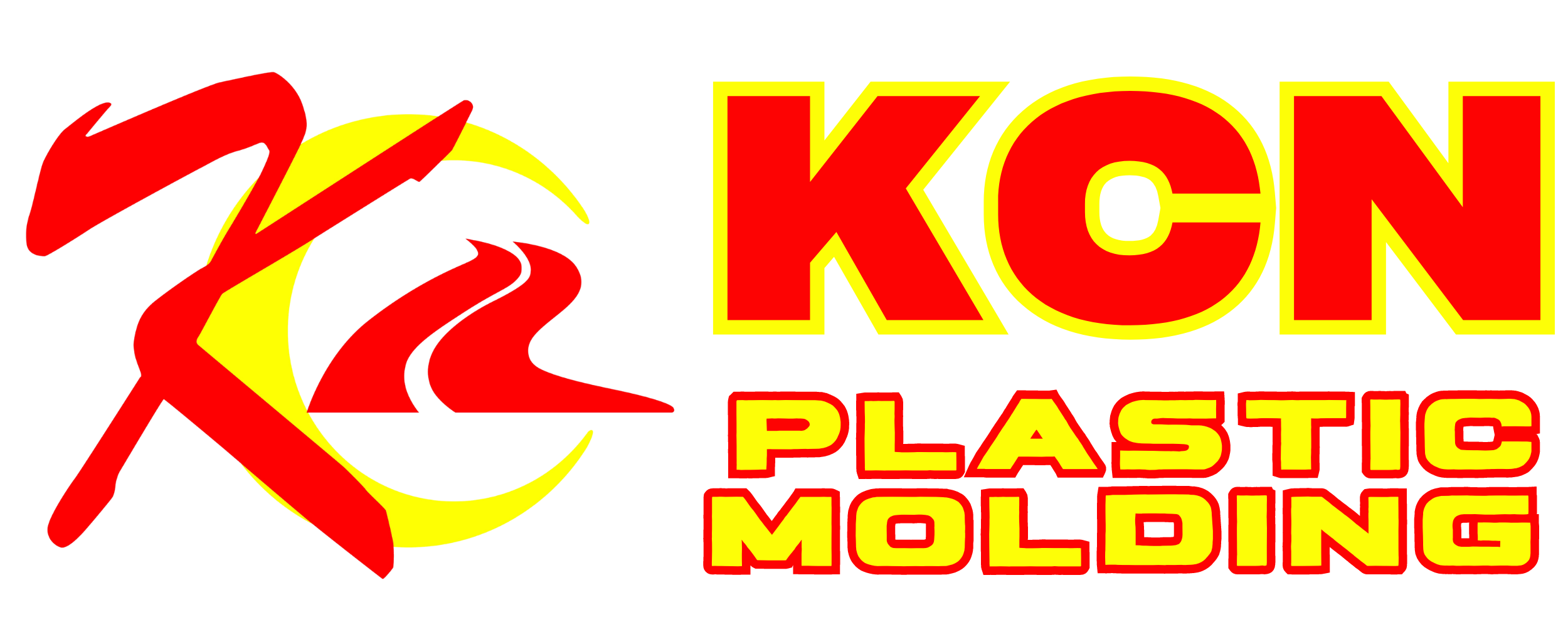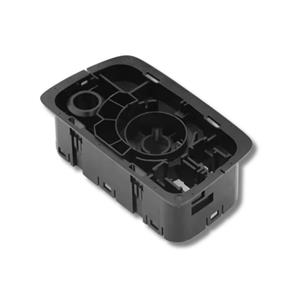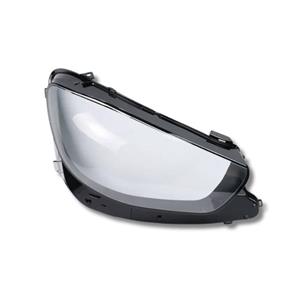Injection mold exhaust standards
In the manufacturing of injection molds, injection mold exhaust is a very important link. Injection mold exhaust can represent the quality of the overall structure of the injection mold to the greatest extent. Even an excellent injection mold cannot produce products of stable quality without good exhaust. A good injection mold should have good airtightness and be able to ensure that the gas can be discharged freely instead of being highly compressed. So what are the standards for injection mold exhaust? Let me introduce it to you next.
Injection mold
It is necessary to build a full-circumferential exhaust structure as much as possible, and the depth is within the plastic overflow value. Full-circumferential exhaust is optimal, but 1/2 of the steel must be left on the mold closing line to compensate for the pressure. If full circumferential exhaust cannot be done due to irregular PL surface, a better method is to use a 12mm wide exhaust slot to the master mold. The gas must eventually be exhausted into the atmosphere. Use a flat-bottomed milling cutter with chamfers to process the exhaust as much as possible. Groove, if you must use a ball milling cutter, you must calculate the processing depth to be consistent with the depth of the flat bottom before using it. The exhaust sealing length is the most easily overlooked by most people and is related to the appropriate exhaust issue. , there are many different size regulations on this issue. The specifications of material suppliers range from 3~5mm, and experience has proven that if the length is greater than 3mm, it will no longer play a good role. Therefore, for safety reasons, we stipulate the standard as 3mm, the exhaust depth depends on the molding material. If you have any questions, please check the processing specifications.
One of the most common misconceptions is that too much exhaust will lead to collapse. In fact, the opposite direction is correct. Unreasonable exhaust requires excessive pressure. When the gas is allowed to escape, the rubber will come out with the gas, and The only thing that can cause excessive exhaust and lead to a crash is that the depth of the air groove is too deep. Usually, it is necessary to use all the ejector pins to exhaust as much as possible. This is especially important for large plastic parts. This is of course also determined by the diameter of the ejector pin. If this is not possible, it is necessary to grind the flat surface for exhaust, use appropriate length and depth, and Slow down the matching clearance of the ejector pin, and the runner, especially the large or long runner, must be vented.
Another common problem is that when the part cannot be fully vented, the last filling position and the sub-last filling position must be taken into consideration, and these two positions must be vented. Deep bone positions, column positions, small needle dispensing positions or thin glue positions must be specially vented, or use flat thimbles, semi-needle structures, exhaust steel, or even vacuum exhaust devices.
A part cannot vent too much. Although the molding line can do this, this will cause the following problems related to venting: there is not enough steel to bear the pressure on the molding line, and the venting is pressed against the parting surface. ;The best exhaust will eventually disappear. After a certain amount of material circulation, if there is not enough steel to compensate for the pressure on the mold closing line, the injection mold will bite together, and the air grooves will wear out, and the mold closing line should be avoided. The reduction of the mold closing part of the injection mold is one of the biggest problems encountered by large molds. For injection molds with front and rear mold inserts, the front and rear mold core materials cannot be closed before the mold base parting surface is closed. The correct approach is to use pressure-resistant blocks between the AB plates of the mold base to close the mold at the same time.





